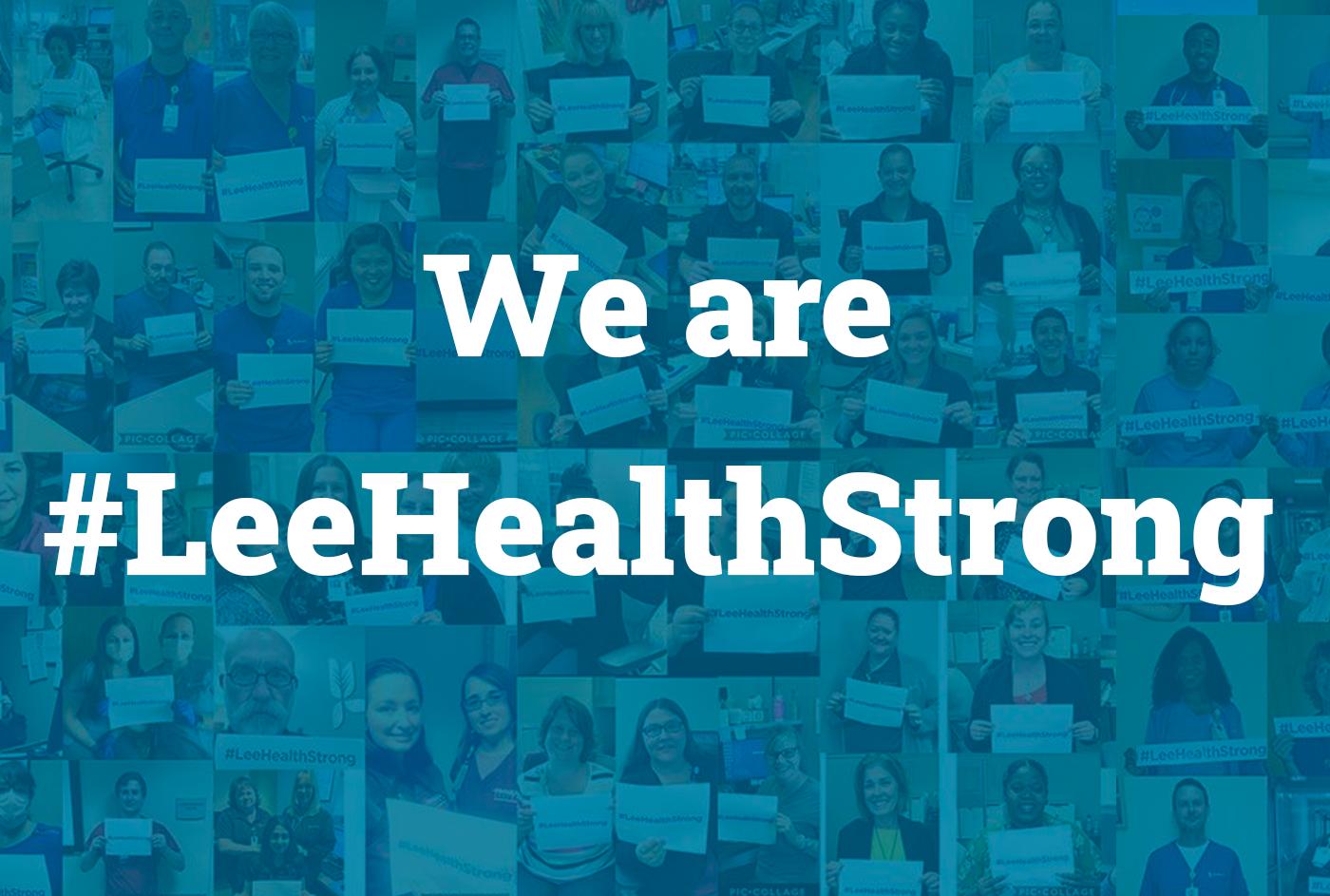
Are you thinking about a career in healthcare? Then you might be wondering what it would take to work in a Catholic health service facility. Here is a look at what to expect during your career. Below are the responsibilities and duties you can expect to perform during your time at the facility. Job opportunities will be available to meet the diverse needs and interests of catholic communities. These jobs are great for students looking to gain real-world experience working in a hospital environment.
What are the responsibilities and duties in catholic healthcare services?
What are the Duties And Responsibilities for Catholic Health Services Careers. Here are a few duties and responsibilities for each position within Catholic Health Services. Each position has its own duties and responsibilities. These include leading a team, ensuring quality, compliance and managing the practice. The office manager also has responsibility for the smooth operation of the practice and maintaining its track record.
Without a structured pathway for competency-building, starting a career in the Catholic healthcare services industry can be challenging. There are many ways to discover the opportunities available within the organization, and then choose the one that suits you best. However, Catholic Health Services has several programs for you to consider, including internships in ethics, pastoral care, and mission integration, and ministry-wide public sites. There are many opportunities to start your healthcare career. Every position requires a unique skill set.

Students have the opportunity to work in healthcare services for catholics.
Catholic Health offers students many opportunities to learn about healthcare careers. Catholic Health offers students the chance for hands-on experience, from residency programs to internships, before they choose to enter a healthcare career. These programs enhance the knowledge students have gained from their academic coursework. Field trips and shadowing programs provide students with real-world experience. They will get practical experience in nursing and medicine as well dental, physical therapy, and many other health-care fields.
Catholic Health offers many different healthcare career opportunities. A variety of administrative and clerical positions can be found in various locations. A career as a Patient Support Officer is also an option for students. This allows them to work in a real-world healthcare setting. Candidates must have an email address and a computer with a desktop, and knowledge of Spanish or another language.
Opportunities for job at catholic healthcare services
The job opportunities at Catholic Health Services on Long Island may interest you if you are looking to work for a Catholic organization. This health system comprises six acute care hospitals as well as three nursing homes. There is also a regional facility. The system employs over seventeen thousand people and has flexible work hours. Some positions require regional travel. This health system is committed towards meeting the needs all communities and aims at improving quality of life.

Catholic Health Association is an excellent place to start your job search. The association offers several resources for people interested in a career in mission integration. They also keep an email listing of missions, ethics, pastoral care jobs. The ministry also has a ministry-wide web site that contains information about all jobs in the health care system. It's important to remember that Catholic health services is a ministry. It might not be apparent to potential candidates to apply for a position in the hospital.
FAQ
What are 10 healthy lifestyle habits?
-
Have breakfast every day.
-
Don't skip meals.
-
Eat a balanced, healthy diet.
-
Get lots of water.
-
Take care to your body.
-
Get enough sleep.
-
Avoid junk food.
-
Daily exercise
-
Have fun
-
Make new friends
What is the most healthful lifestyle?
Healthy lifestyles include eating healthy food, regular exercise, good sleep, and avoiding stress. You will live a long and happy life if you adhere to these guidelines.
Starting small can make a big difference in your diet, and even your exercise routine. Try walking for 30 minutes each day to lose weight. If you're looking for a way to increase your activity, consider taking up swimming or dancing. You can also sign up for an online fitness program, such as Strava and Fitbit. This will track your activity.
What are the 10 best foods to eat?
The 10 best foods to eat include:
-
Avocados
-
Berries
-
Broccoli
-
Cauliflower
-
Eggs
-
Fish
-
Grains
-
Nuts
-
Oats
-
Salmon
How can you live a healthy life?
Healthy lifestyles include eating right, exercise regularly, getting enough rest, managing stress, having fun, and eating healthy. Good eating habits include avoiding processed foods, sugar, unhealthy fats, and avoiding junk food. Exercise is good for your body and muscles. Sleeping enough can improve memory and concentration. Stress management can reduce anxiety and depression. Fun is key to staying young and vibrant.
Statistics
- WHO recommends reducing saturated fats to less than 10% of total energy intake; reducing trans-fats to less than 1% of total energy intake; and replacing both saturated fats and trans-fats to unsaturated fats. (who.int)
- nutrients.[17]X Research sourceWhole grains to try include: 100% whole wheat pasta and bread, brown rice, whole grain oats, farro, millet, quinoa, and barley. (wikihow.com)
- In both adults and children, the intake of free sugars should be reduced to less than 10% of total energy intake. (who.int)
- According to the Physical Activity Guidelines for Americans, we should strive for at least 150 minutes of moderate intensity activity each week (54Trusted Source Smoking, harmful use of drugs, and alcohol abuse can all seriously negatively affect your health. (healthline.com)
External Links
How To
What does the meaning of "vitamin?"
Vitamins are organic compounds that can be found in foods. Vitamins are necessary for us to absorb nutrients in the foods we consume. Vitamins cannot come from the body so food must provide them.
There are two types vitamins: water soluble or fat soluble. Water-soluble vitamins dissolve quickly in water. These include vitamin C (thiamine), Vitamin B1 (riboflavin), Vitamin B2 (riboflavin), Vitamin B3 (niacin), Vitamin B6 (pyridoxine), Vitamin C, B1 (thiamine), Vitamin B2 (riboflavin), Vitamin B3 (niacin), and Vitamin B6 (pyridoxine). The liver and fatty tissues are home to fat-soluble vitamins. These include vitamin D, E and K, as well as beta carotene.
Vitamins can be classified by their biological activity. There are eight major groups of vitamins:
-
A - Vital for normal growth and maintaining good health.
-
C - vital for proper nerve function, and energy production.
-
D – Essential for healthy teeth, bones and joints
-
E - Required for good vision & reproduction
-
K - essential for healthy muscles, nerves, and bones.
-
P - Essential for strong bones and teeth.
-
Q - Aids in digestion and absorption.
-
R – Required for the formation of red blood vessels.
The recommended daily allowance (RDA) of vitamins varies depending on age, gender, and physical condition. The U.S. Food and Drug Administration has established the RDA values.
For adults over 19 years, the RDA is 400 mg per day for vitamin A. However, pregnant women need 600 micrograms per day because it is important for fetal development. Children ages 1-8 require 900 micrograms per day. Infants under one year of age require 700 micrograms per day, but this amount decreases to 500 micrograms per day between 9 months and 12 months of age.
Children ages 1-18years who are obese need 800 micrograms per day while those who are overweight need 1000 micrograms per day and children who are underweight need 1200 micrograms per day to meet their nutritional needs.
Children ages 4-8 years who have been diagnosed with anemia need 2200 micrograms per day of vitamin C.
2000 micrograms daily is required for adults over 50 to maintain their general health. Due to their increased nutrient needs, pregnant and breastfeeding women need 3000 micrograms daily.
Adults over 70 years of age need 1500 micrograms per day since they lose about 10% of their muscle mass each decade.
Women who are pregnant or lactating need more than the RDA. Pregnant women need 4000 micrograms per dayduring pregnancy and 2500 micrograms per day after delivery. Breastfeeding mothers require 5000 micrograms daily when breast milk production is occurring.